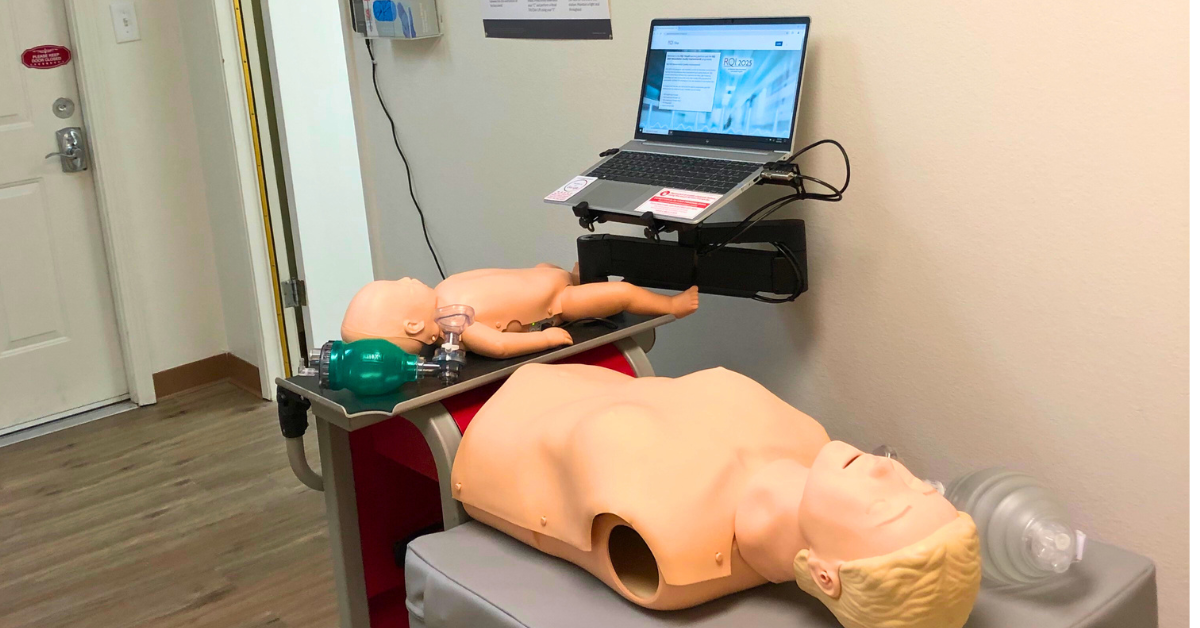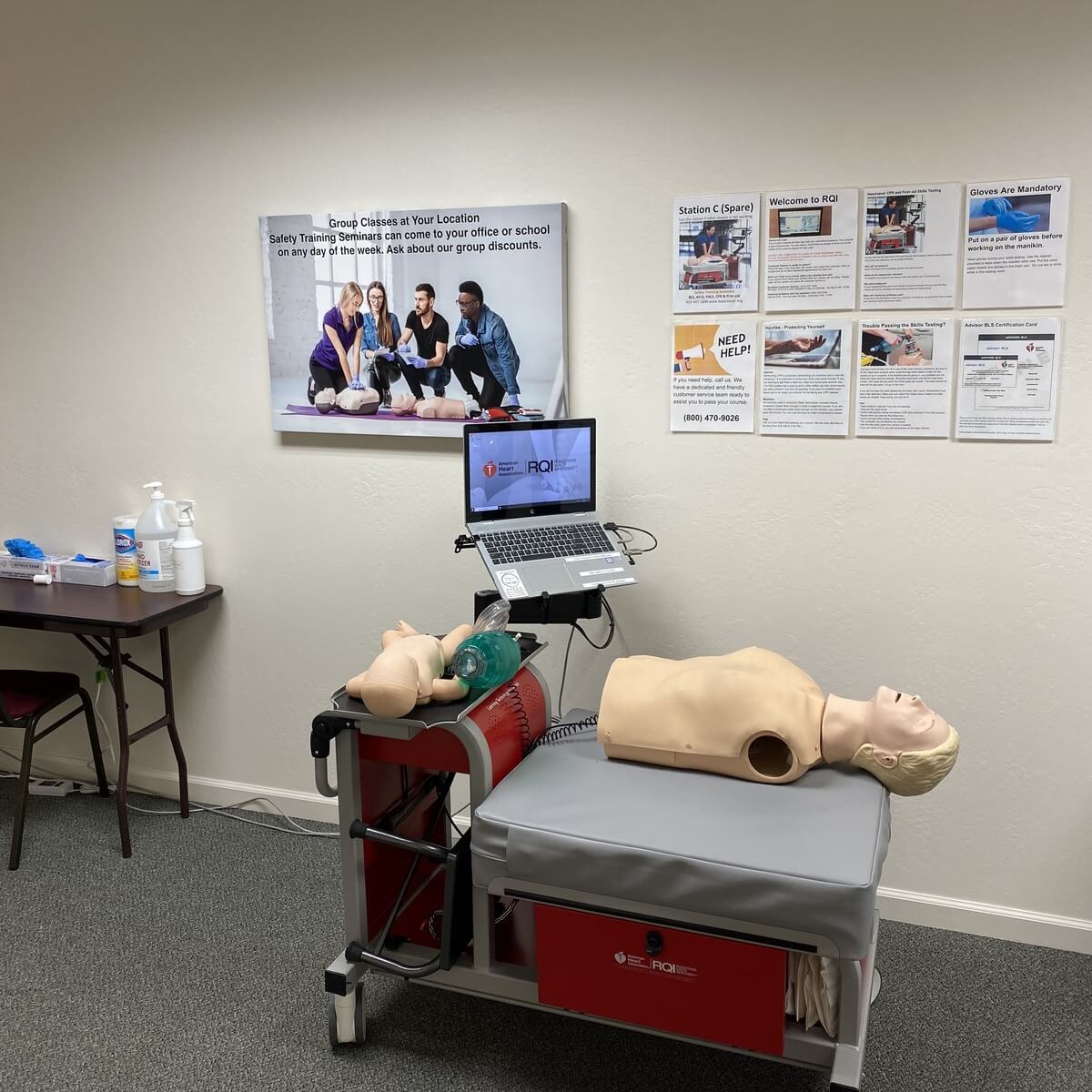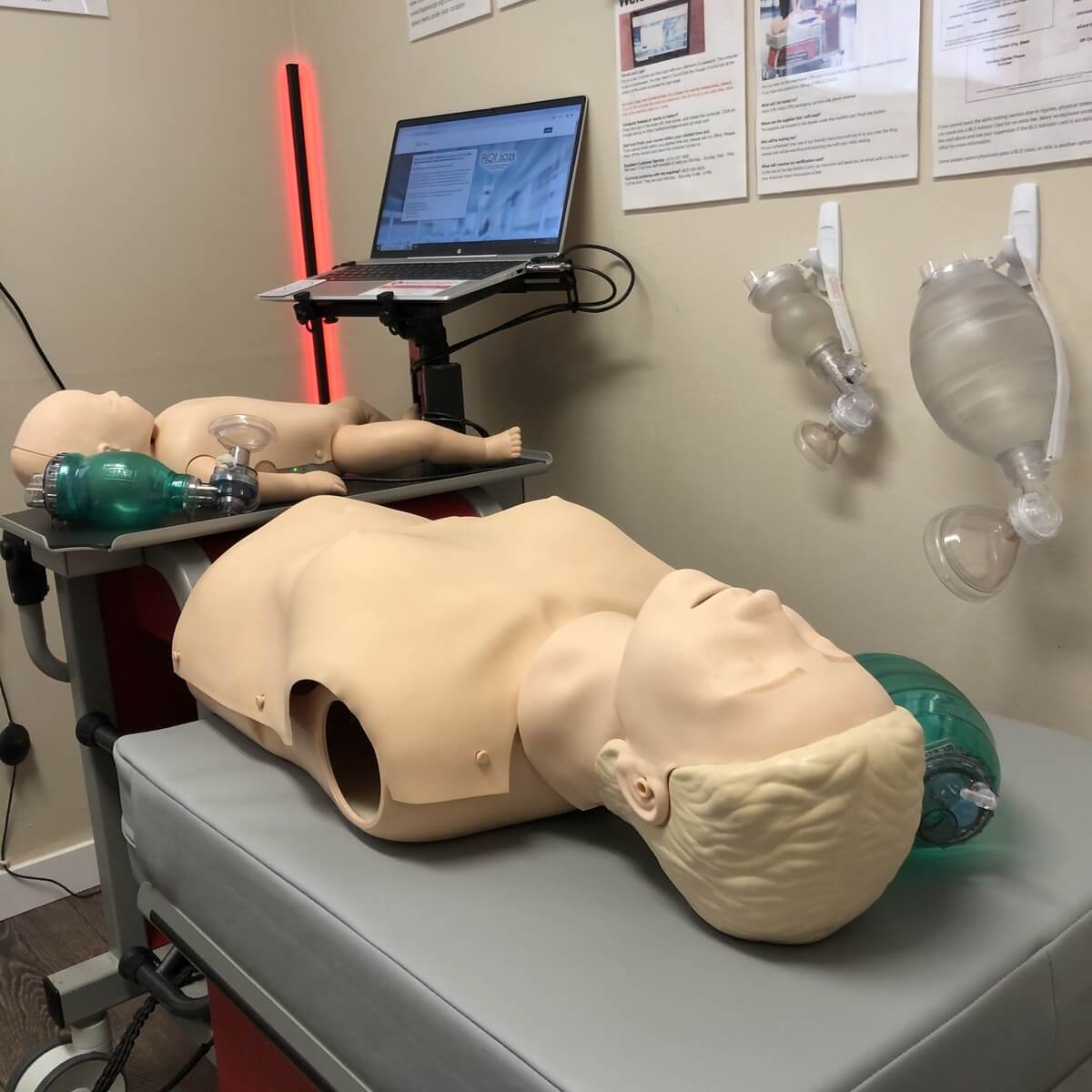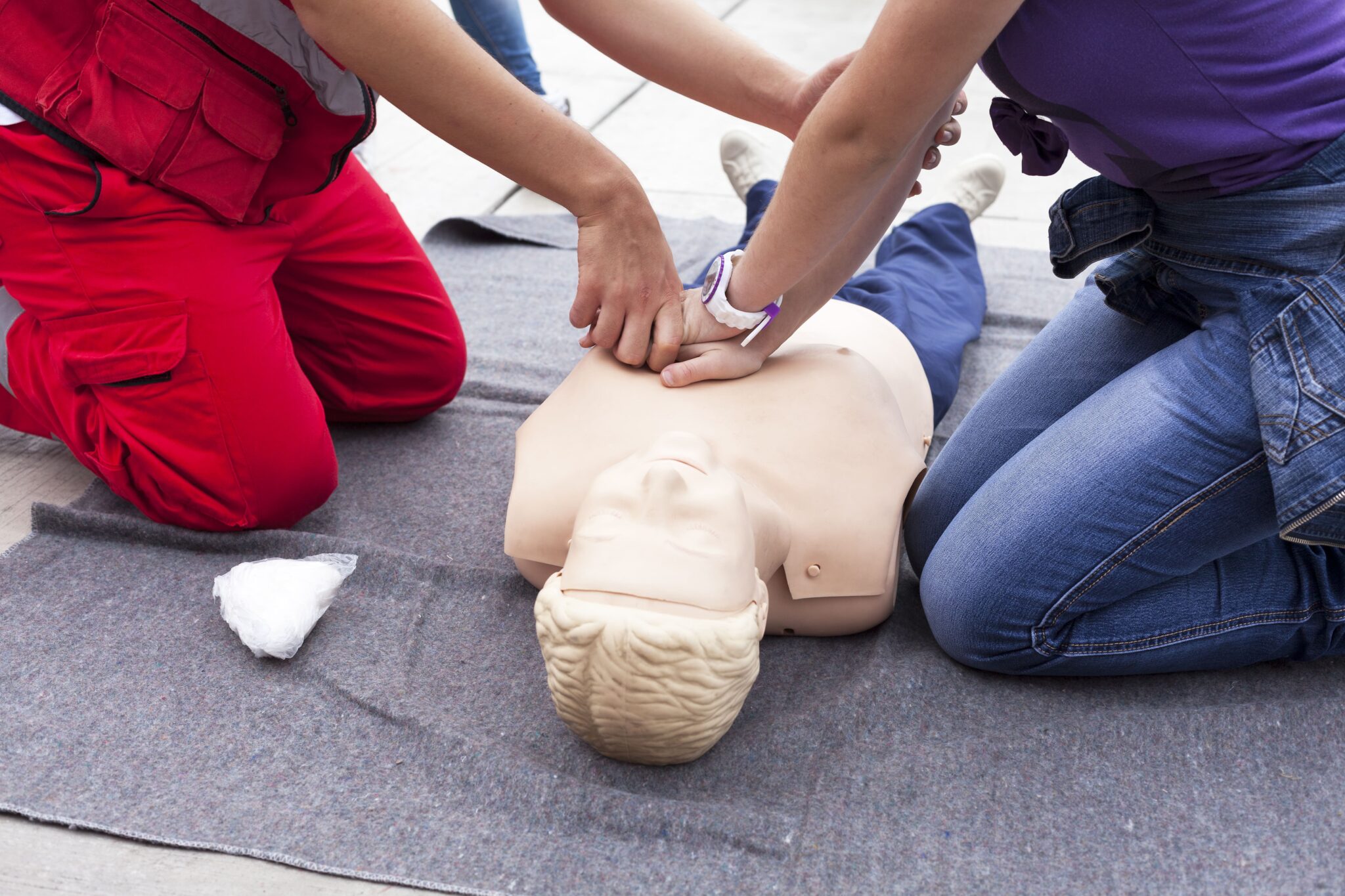In a critical moment, the knowledge of cardiopulmonary resuscitation (CPR) can mean the difference between life and death. That’s why proper training and certification in CPR is essential—not just for healthcare professionals, but for teachers, fitness trainers, childcare providers, and even responsible community members. Among the numerous CPR certification options available, the American Heart Association CPR certification is widely considered the gold standard. But how does it compare to other programs? Which one should you choose based on your needs?
Understanding CPR Certification Programs: A Snapshot
Before diving into comparisons, it’s important to understand what CPR certification programs entail. Most courses cover the core life-saving techniques needed during cardiac and breathing emergencies. Certifications typically include:
- Adult, child, and infant CPR
- Use of an Automated External Defibrillator (AED)
- Rescue breathing
- Choking relief
- Hands-only CPR
However, the depth of instruction, course format, and the quality of certification can vary significantly depending on the organization offering the course.
The three most recognized CPR certification providers in the U.S. are:
- American Heart Association (AHA)
- American Red Cross (ARC)
- National Safety Council (NSC)
Each has its own curriculum, delivery methods, and accreditation standards. Let’s examine how the AHA’s offerings compare.
The American Heart Association (AHA): Gold Standard in CPR Training
Overview
The American Heart Association CPR certification is regarded as the most widely accepted and reputable certification in both medical and non-medical settings. The AHA is a global leader in cardiovascular research, and its courses are grounded in the most recent, evidence-based guidelines.
Course Offerings
The AHA provides a wide range of training programs, including:
- Heartsaver® CPR AED (for non-healthcare individuals)
- BLS (Basic Life Support) for healthcare providers
- ACLS (Advanced Cardiovascular Life Support) for advanced medical professionals
- PALS (Pediatric Advanced Life Support) for pediatric emergency responders
Each course includes hands-on skills training with a certified instructor, along with optional blended learning (online coursework plus in-person skills assessment).
Recognition & Accreditation
- Accepted by most hospitals, clinics, and healthcare organizations nationwide
- OSHA-compliant
- Frequently updated based on the latest scientific research
- Internationally recognized
Certification Validity
AHA certifications are valid for two years, after which a renewal course is required. The AHA also provides options for refresher courses to help individuals maintain proficiency.
Comparing the American Heart Association to Other CPR Providers
1. American Red Cross (ARC)
Similarities
- Offers similar courses such as Adult and Pediatric CPR/AED, BLS, and First Aid
- Courses are OSHA-compliant and valid for workplace requirements
- Blended learning options are available
- Certification also valid for two years
Key Differences
- Recognition: While accepted in many workplaces, ARC certifications may not be universally recognized in healthcare environments. Many hospitals specifically require AHA CPR certification for medical staff.
- Curriculum Structure: AHA courses are often more rigorous in terms of hands-on practice, especially for BLS and ACLS.
- Instructor Network: AHA has a broader and more tightly regulated instructor network, contributing to standardized course quality.
Bottom Line: The Red Cross is a solid option for general workplace training or community education, but if you’re in the healthcare industry, AHA is typically preferred or required.
2. National Safety Council (NSC)
Overview
The National Safety Council is another recognized safety organization that provides CPR and First Aid training.
Pros
- Offers workplace-specific training (e.g., construction, industrial safety)
- Focus on OSHA compliance
- Convenient online course options
Cons
- Not widely accepted in healthcare environments
- Less emphasis on scientific research and clinical standards compared to the AHA
- May not provide as in-depth training for advanced life support skills
Bottom Line: NSC is best for industry-specific CPR needs, but not ideal for healthcare professionals or those seeking a more medically rigorous program.
3. Online-Only Certification Providers
In recent years, many online-only CPR training providers have emerged, offering certifications for a fraction of the cost and time.
Major Concerns
- Lack of hands-on training: Real-life CPR proficiency requires physical practice. Online-only courses typically lack this.
- Limited Acceptance: Most employers, especially in healthcare and childcare, do not accept certifications that don’t include an in-person skills evaluation.
- Credentialing: Many online providers are not affiliated with recognized organizations like the AHA or the Red Cross.
Bottom Line: These programs may be fast and cheap, but they rarely meet the standard for professional certification. When lives are on the line, cutting corners isn’t an option.
Key Advantages of the American Heart Association CPR Certification
1. Industry-Leading Curriculum
The AHA curriculum is developed and continuously updated by leading experts in cardiology, emergency medicine, and education. This ensures that every student is learning the most up-to-date, evidence-based techniques.
2. Universal Acceptance
Whether you’re applying to be a hospital nurse, a licensed childcare provider, or a first responder, an AHA CPR card is likely to be accepted without question. It is often listed explicitly in job postings and compliance requirements.
3. High Standards for Instructors
All AHA instructors are certified through rigorous training programs and monitored regularly to ensure consistency and quality.
4. Skills Testing and Practical Proficiency
Unlike many online alternatives, AHA CPR courses include required hands-on practice with CPR manikins and AED trainers, giving participants the muscle memory needed to act confidently during real emergencies.
5. Convenient Formats
With options for in-person, blended, and online theory plus in-person testing, AHA offers flexible learning formats to accommodate busy schedules, without sacrificing the integrity of the certification.
Choosing the Right CPR Certification for You
The right CPR certification depends largely on your goals:
- Healthcare professionals (nurses, EMTs, doctors, medical assistants): AHA BLS, ACLS, or PALS certifications are usually required.
- Childcare providers: AHA’s Heartsaver Pediatric First Aid CPR AED is highly recommended.
- Fitness professionals and teachers: AHA’s Heartsaver CPR AED meets most professional requirements.
- Workplace safety teams: Depending on employer preference, choose AHA or Red Cross, but AHA often provides broader acceptance.
- General public or concerned citizens: AHA’s Hands-Only CPR or Heartsaver courses are excellent ways to be prepared.
The Value of Training with Safety Training Seminars
If you’re based in Northern California, there’s no better place to earn your American Heart Association CPR certification than with Safety Training Seminars.
Why Choose Safety Training Seminars?
- AHA Certified: The American Heart Association officially certifies all courses, ensuring full compliance and national acceptance.
- Over 65 Convenient Locations: With training centers throughout Northern California, you’re never far from a class.
- Open Every Day: Including weekends, classes are available even on Saturdays and Sundays.
- Flexible Scheduling: Morning, afternoon, and evening classes make it easy to find a time that works for you.
- Low Price Guarantee: Safety Training Seminars is committed to affordability without sacrificing quality.
- Woman-Owned Business: Supporting a local, woman-owned business means you’re investing in your community while gaining life-saving skills.
Whether you’re looking to recertify your BLS card, advance to ACLS or PALS, or gain first-time CPR knowledge, Safety Training Seminars has the right course for you.
Quality Training Can Save Lives
When seconds count, your training matters. The American Heart Association CPR certification is not just a card—it’s a mark of readiness, competence, and reliability. Compared to other certification programs, AHA offers unmatched consistency, recognition, and training quality, making it the top choice for professionals and the general public alike.
If you’re in Oakland, Safety Training Seminars is your trusted partner in CPR education. With exceptional flexibility, affordability, and certified AHA instructors, there’s no better time—or place—to get certified.
Ready to Get Certified?
Don’t wait for an emergency to realize the importance of CPR training. Enroll today with Safety Training Seminars and earn your American Heart Association CPR certification with confidence.
View upcoming classes and register now. With over 65 locations, daily availability, and a low-price guarantee, training has never been more accessible.








